AI vs. Human Intelligence: Who Will Win the Battle?
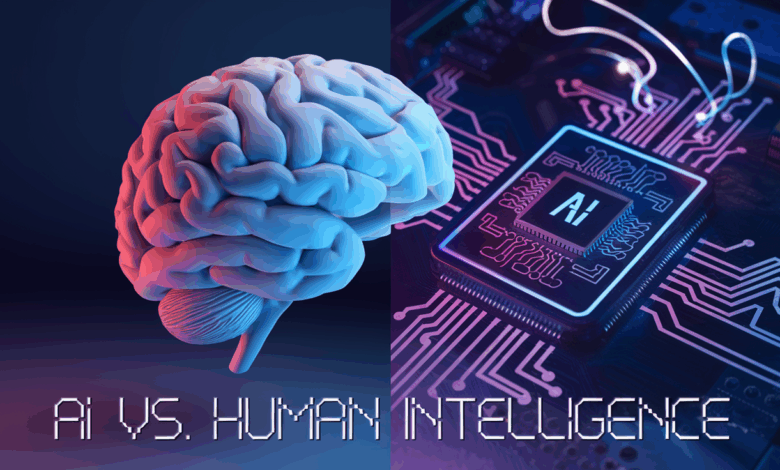
🤖 vs. 🧠 – It’s the ultimate showdown of intellect! As artificial intelligence continues to advance at breakneck speed, a burning question arises: Will AI surpass human intelligence? This technological arms race has captured the imagination of scientists, philosophers, and the general public alike.
On one side, we have the relentless progress of AI, with its lightning-fast computations and seemingly limitless potential. On the other, the intricate marvel of the human mind, honed by millions of years of evolution. The battle lines are drawn, but who will emerge victorious? As we delve into the fascinating world of AI vs. Human Intelligence, we’ll explore the unique strengths and limitations of both contenders, examining crucial aspects such as sensory data processing, creativity, logical reasoning, and judgment.
Join us on this intellectual journey as we unravel the complexities of artificial and human intelligence. We’ll begin by understanding the inner workings of AI, then compare and contrast it with the remarkable capabilities of the human brain. Prepare to challenge your assumptions and gain new insights into the future of intelligence!
How Does AI Work?
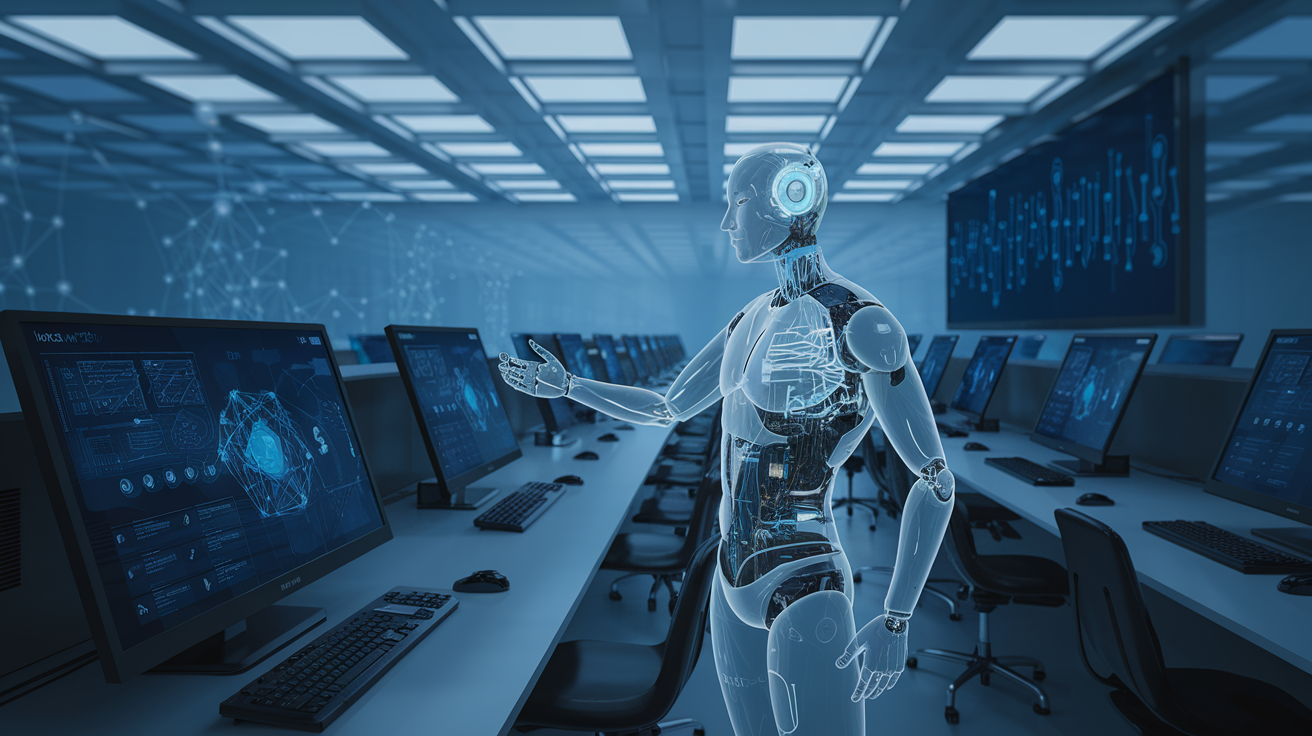
Machine Learning Algorithms
AI systems primarily function through machine learning algorithms, which enable computers to learn from data and improve their performance over time. These algorithms can be categorized into three main types:
- Supervised Learning
- Unsupervised Learning
- Reinforcement Learning
Here’s a comparison of these learning types:
| Learning Type | Data Input | Output | Example Applications |
|---|---|---|---|
| Supervised | Labeled | Predictions | Image classification, spam detection |
| Unsupervised | Unlabeled | Patterns | Customer segmentation, anomaly detection |
| Reinforcement | Environment feedback | Actions | Game playing, robotic control |
Neural Networks and Deep Learning
At the core of many AI systems are neural networks, which are inspired by the human brain’s structure. Deep learning, a subset of machine learning, uses multi-layered neural networks to process complex data and make decisions. These networks can:
- Recognize patterns in large datasets
- Extract features automatically
- Adapt to new information
Data Processing and Decision Making
AI systems process vast amounts of data to make decisions or predictions. This involves:
- Data collection from various sources
- Data cleaning and preprocessing
- Feature extraction and selection
- Model training and validation
- Inference and decision-making
By continuously refining their models based on new data, AI systems can improve their accuracy and capabilities over time, making them powerful tools for solving complex problems across various domains.
Artificial Intelligence

Types of Artificial Intelligence
Artificial Intelligence can be categorized into different types based on their capabilities and functionalities:
- Narrow AI (Weak AI)
- General AI (Strong AI)
- Superintelligent AI
Narrow AI vs. General AI
| Characteristic | Narrow AI | General AI |
|---|---|---|
| Scope | Specific tasks | Multiple domains |
| Learning | Limited | Adaptive |
| Consciousness | No | Potentially |
| Current Status | Widely used | Theoretical |
Narrow AI, also known as Weak AI, is designed to perform specific tasks within a limited domain. Examples include voice assistants, image recognition systems, and recommendation algorithms. These systems excel in their designated areas but lack the ability to transfer knowledge or adapt to new situations.
General AI, or Strong AI, refers to machines that possess human-like cognitive abilities across various domains. This type of AI would be capable of reasoning, problem-solving, and learning in a manner similar to humans. While General AI remains largely theoretical, it represents the ultimate goal of many AI researchers.
AI Capabilities and Limitations
- Pattern Recognition: AI excels at identifying patterns in large datasets, often surpassing human capabilities in speed and accuracy.
- Data Processing: AI can process and analyze vast amounts of information rapidly, making it invaluable in fields like scientific research and financial analysis.
- Continuous Operation: Unlike humans, AI systems can work 24/7 without fatigue, ensuring consistent performance.
However, AI also faces limitations:
- Lack of Common Sense: AI struggles with understanding context and nuance in the way humans do.
- Emotional Intelligence: Current AI systems cannot truly comprehend or express emotions.
- Creativity: While AI can generate content, true creative thinking remains a uniquely human trait.
As we explore the intricacies of human intelligence in the next section, we’ll see how these cognitive abilities compare to AI’s capabilities.
Human Intelligence
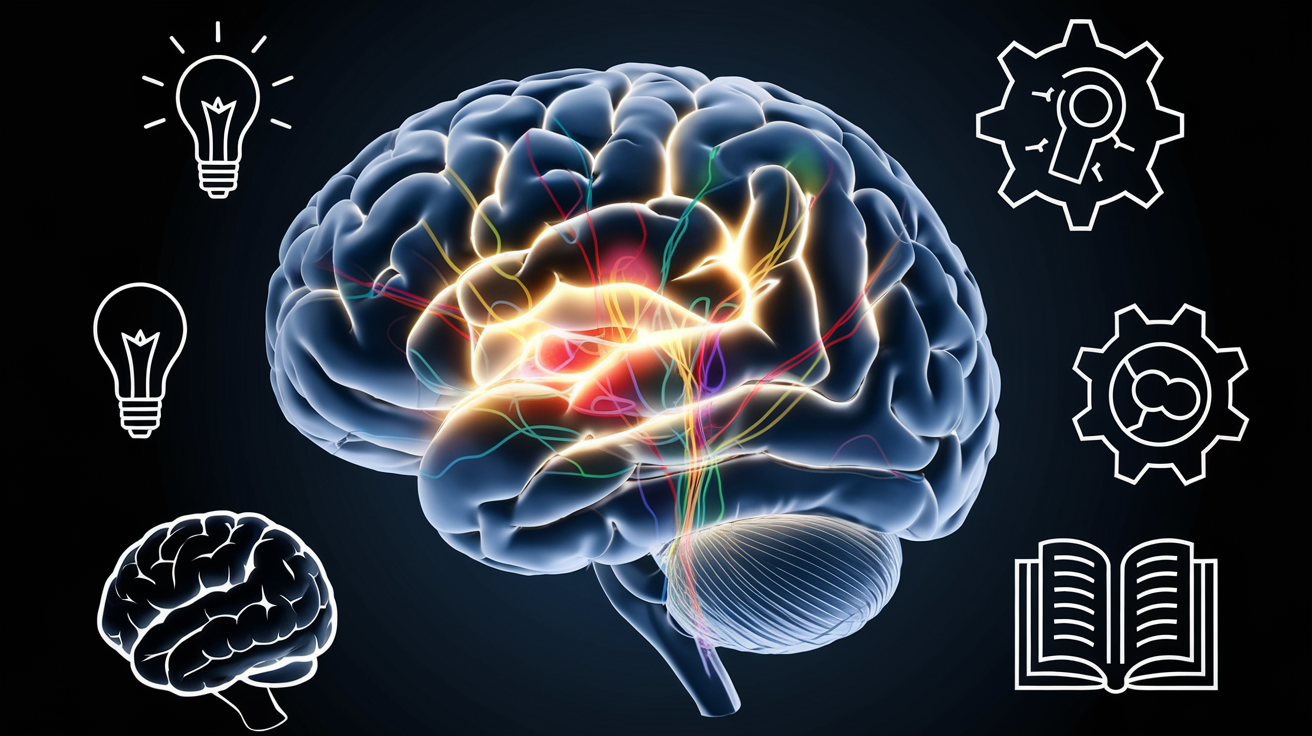
Who is Superior – Humans or AI?
While AI has made remarkable strides in recent years, the question of superiority between humans and AI is complex and multifaceted. Both have unique strengths and limitations:
| Aspect | Humans | AI |
|---|---|---|
| Creativity | Highly creative and imaginative | Can generate novel ideas, but within programmed parameters |
| Emotional Intelligence | Superior emotional understanding and empathy | Limited emotional comprehension |
| Adaptability | Excellent at adapting to new situations | Struggles with tasks outside its training |
| Processing Speed | Slower cognitive processing | Extremely fast data processing |
| Memory Capacity | Limited long-term memory | Vast data storage capabilities |
Ultimately, the superiority depends on the specific task and context. Humans excel in areas requiring emotional intelligence, creative problem-solving, and ethical decision-making. AI, on the other hand, outperforms humans in rapid data analysis, pattern recognition, and consistent task execution.
Best High-Yield Savings Accounts Of 2024
As we look at the financial landscape, it’s important to consider how human intelligence can be applied to make smart financial decisions. Here are some top high-yield savings accounts for 2024:
- Online Bank A: 4.50% APY, no minimum balance
- Credit Union B: 4.25% APY, $500 minimum balance
- National Bank C: 4.00% APY, $1000 minimum balance
These accounts showcase how human financial experts have designed products to benefit consumers, balancing competitive rates with accessibility.
Best 5% Interest Savings Accounts of 2024
For those seeking even higher returns, some financial institutions offer accounts with 5% or higher interest rates:
- Fintech Company X: 5.15% APY on balances up to $5,000
- Regional Bank Y: 5.00% APY with monthly direct deposit requirement
- Credit Union Z: 5.25% APY for members who meet specific criteria
These accounts demonstrate the innovative thinking of human financial experts in creating attractive savings options. However, it’s crucial to carefully review terms and conditions, as higher rates often come with more restrictions or requirements.
Sensory Data

Sensory Input Processing
AI systems and human intelligence differ significantly in their approach to processing sensory data. While humans rely on complex biological systems, AI uses sophisticated algorithms and sensors to interpret the world around them.
Comparison of Sensory Data Processing
| Aspect | Human Intelligence | Artificial Intelligence |
|---|---|---|
| Input Types | Five senses (sight, sound, touch, taste, smell) | Various sensors (cameras, microphones, pressure sensors, etc.) |
| Processing Speed | Varies (milliseconds to seconds) | Often faster than humans (microseconds to milliseconds) |
| Accuracy | Can be subjective and influenced by emotions | Typically more consistent and objective |
| Adaptability | Highly adaptable to new situations | Limited to training data and algorithms |
Human senses are finely tuned through evolution, allowing us to process a wide range of sensory inputs simultaneously. We can quickly adapt to new environments and interpret complex sensory information intuitively. However, our sensory capabilities have limitations, such as a narrow range of visible light or audible frequencies.
AI, on the other hand, can be designed to detect and process sensory data beyond human capabilities. For example:
- Infrared and ultraviolet vision
- Ultrasonic hearing
- Chemical analysis beyond taste and smell
Despite these advantages, AI still struggles with contextual understanding and the nuanced interpretation of sensory data that humans excel at. The integration of multiple sensory inputs to form a cohesive understanding of the environment remains a significant challenge for AI systems.
Creativity

The Creative Edge: Humans vs. AI
Imagination and Originality
Human creativity has long been considered a uniquely human trait, characterized by imagination and originality. While AI has made significant strides in generating creative content, it still struggles to match the depth and nuance of human creativity. Humans can draw from personal experiences, emotions, and abstract thinking to produce truly original ideas.
AI’s Creative Capabilities
AI has shown impressive abilities in creative tasks:
- Art generation
- Music composition
- Story writing
- Design assistance
However, AI’s creativity is often based on patterns and existing data, lacking the spark of true innovation that humans possess.
Comparative Analysis: Human vs. AI Creativity
| Aspect | Human Creativity | AI Creativity |
|---|---|---|
| Source | Personal experiences, emotions | Data patterns, algorithms |
| Originality | High potential for truly novel ideas | Limited by training data |
| Adaptability | Can easily switch contexts | May struggle with context shifts |
| Emotional depth | Can infuse deep emotional meaning | Lacks genuine emotional understanding |
Collaboration: The Future of Creativity
The future of creativity likely lies in the collaboration between humans and AI. By leveraging AI’s data processing capabilities and humans’ innovative thinking, we can unlock new realms of creative potential. This synergy could lead to groundbreaking advancements in various fields, from art and design to scientific discovery and problem-solving.
Now that we’ve explored the creative capabilities of humans and AI, let’s delve into how logical reasoning plays a crucial role in intelligence.
Logical Reasoning
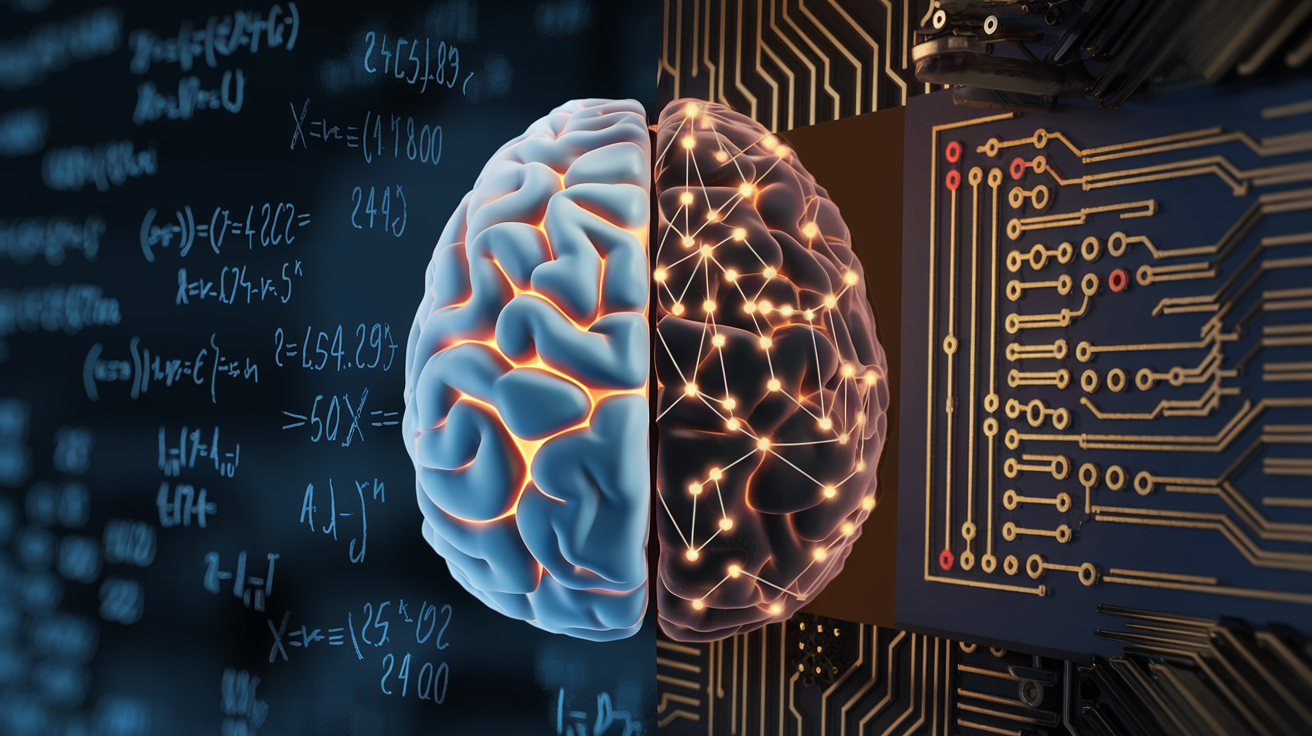
Deductive and Inductive Reasoning
Logical reasoning forms the cornerstone of both human and artificial intelligence. While AI has made significant strides in this area, human reasoning still holds unique advantages. Let’s explore the two main types of logical reasoning:
| Type of Reasoning | Human Capability | AI Capability |
|---|---|---|
| Deductive | Strong | Very Strong |
| Inductive | Strong | Moderate |
Humans excel at deductive reasoning, drawing specific conclusions from general premises. However, AI systems, particularly those based on formal logic, can often outperform humans in tasks requiring strict deductive reasoning.
Inductive reasoning, on the other hand, involves drawing general conclusions from specific observations. This is where human intelligence still holds an edge. Our ability to recognize patterns and make intuitive leaps based on limited data is unparalleled.
Adaptability in Reasoning
One of the key differences between human and AI logical reasoning lies in adaptability:
-
Humans can:
- Adjust reasoning strategies based on context
- Apply knowledge from unrelated fields
- Reason effectively with incomplete or ambiguous information
-
AI systems typically:
- Excel within defined parameters
- Struggle with novel situations
- Require large, well-structured datasets
While AI continues to improve in adaptability, the human brain’s plasticity allows for remarkably flexible reasoning across diverse scenarios.
Judgment
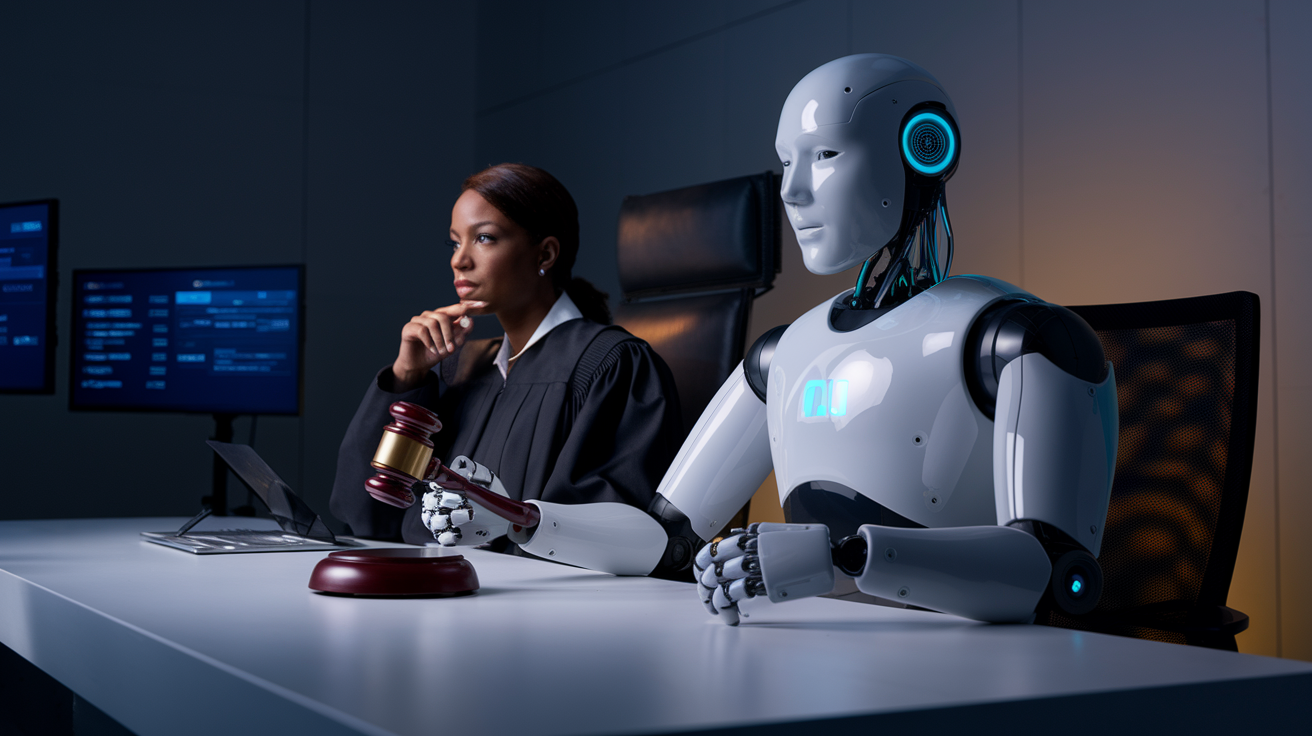
Ethical Considerations in AI Decision-Making
AI systems are becoming increasingly sophisticated in their decision-making capabilities, but they still lack the nuanced understanding of ethics that humans possess. While AI can process vast amounts of data and make quick decisions, it struggles with moral dilemmas and complex ethical situations.
Human Judgment in Ambiguous Situations
Humans excel in making judgments in ambiguous or unprecedented situations, drawing from a wealth of experiences, cultural understanding, and emotional intelligence. This ability to navigate complex social and ethical landscapes is a key advantage of human judgment over AI.
| Aspect | Human Judgment | AI Judgment |
|---|---|---|
| Ethical Nuance | High | Limited |
| Contextual Understanding | Deep | Surface-level |
| Emotional Intelligence | Advanced | Minimal |
| Adaptability to New Scenarios | Flexible | Rigid |
The Role of AI in Augmenting Human Judgment
While AI may not replace human judgment entirely, it can serve as a powerful tool to enhance decision-making processes:
- Data Analysis: AI can quickly process large datasets to provide insights
- Pattern Recognition: Identifying trends that humans might miss
- Risk Assessment: Calculating probabilities for various outcomes
- Decision Support: Offering recommendations based on objective criteria
As we move forward, the key lies in finding the right balance between AI capabilities and human judgment, leveraging the strengths of both to make more informed and ethical decisions in various fields.
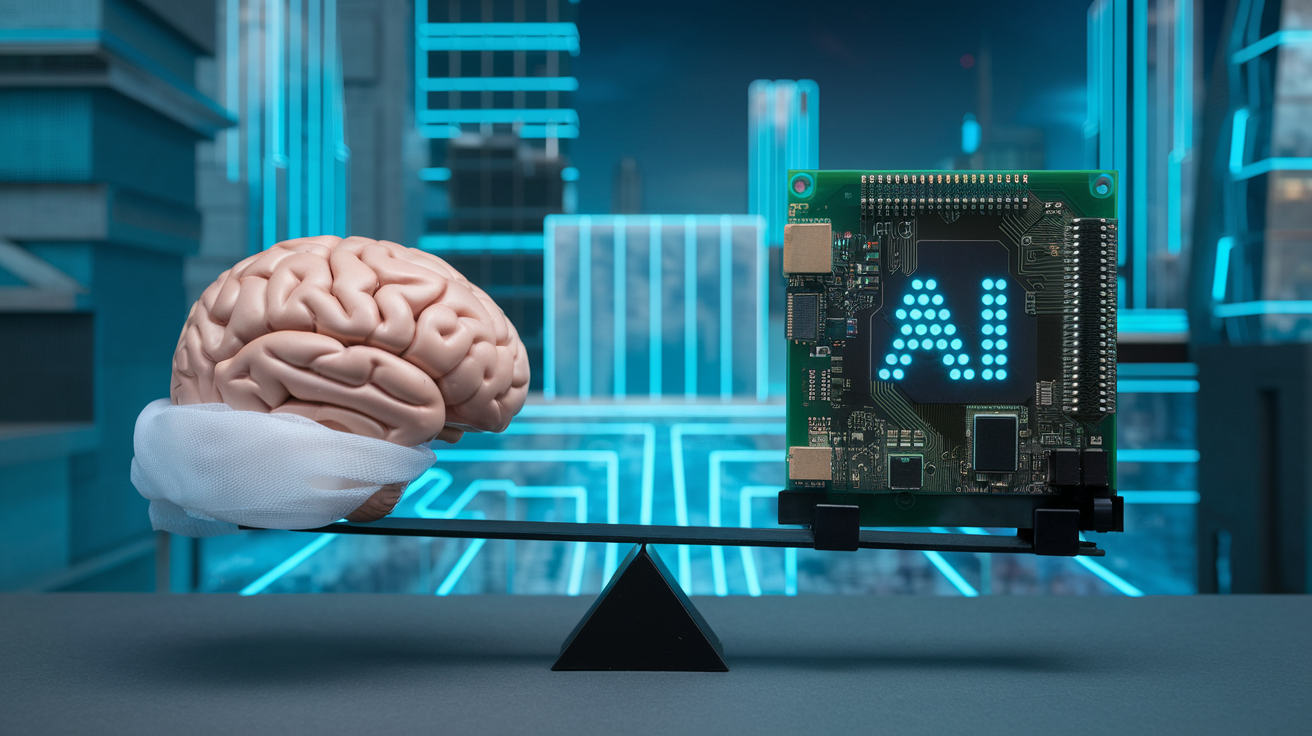
As we’ve explored the intricacies of AI and human intelligence, it’s clear that both have unique strengths and limitations. AI excels in processing vast amounts of data, performing repetitive tasks, and making rapid calculations. On the other hand, human intelligence shines in areas like creativity, emotional understanding, and complex decision-making based on nuanced contexts.
The future is not about AI replacing human intelligence, but rather about finding the optimal balance between the two. By leveraging the strengths of both AI and human cognition, we can create powerful synergies that drive innovation and solve complex problems. As we continue to advance in this field, it’s crucial to approach AI development with ethical considerations and a focus on augmenting human capabilities rather than replacing them entirely.


